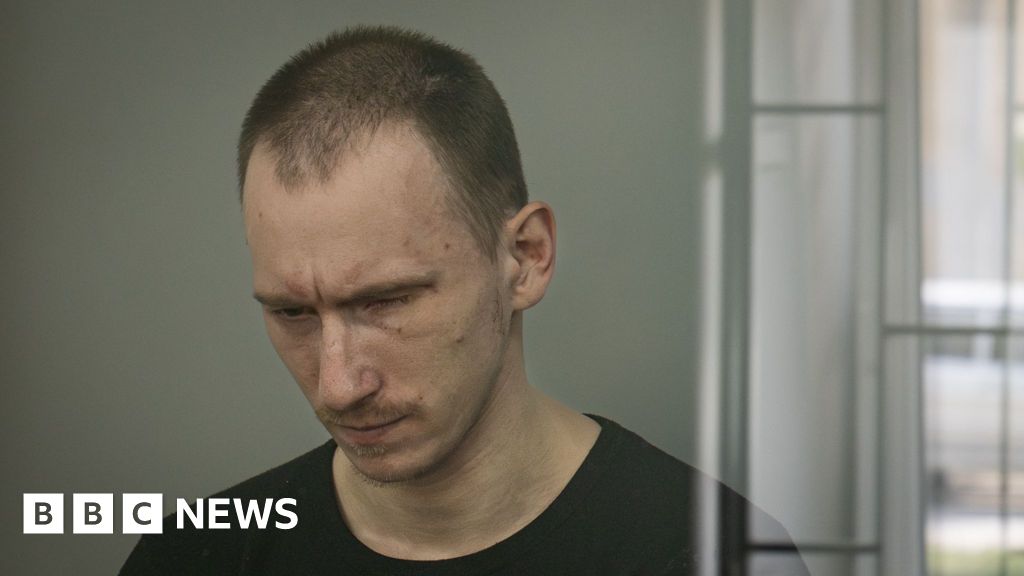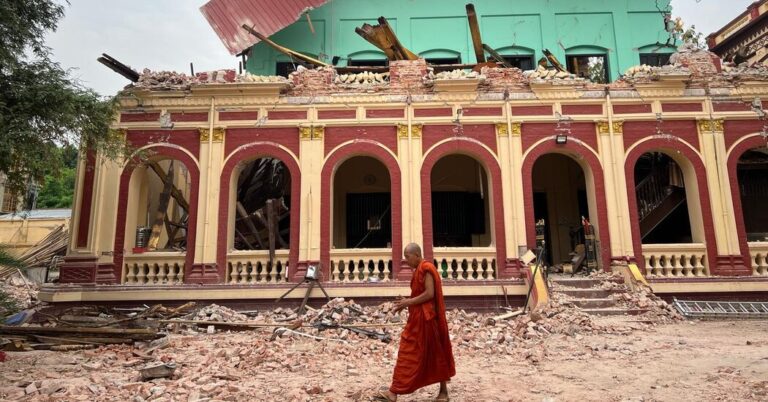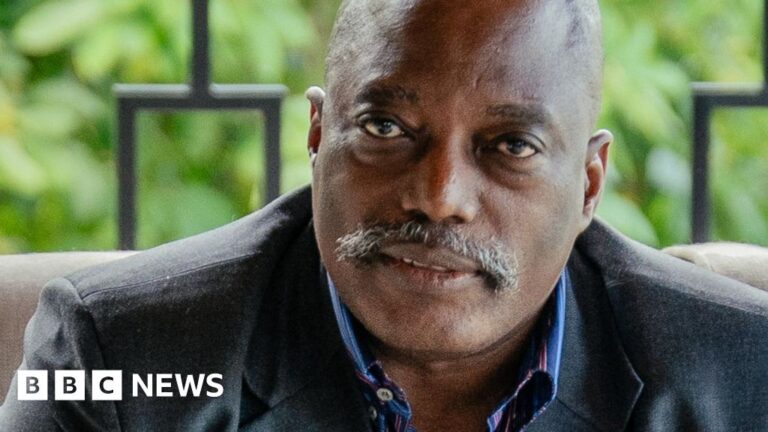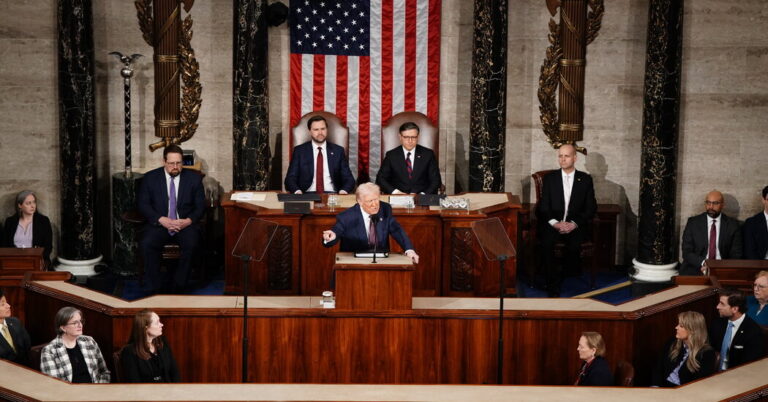On the frozen frontline in the east of Zaporizhzhia, a Ukrainian soldier surveyed the fallout from a Russian assault. It was the middle of January 2024 and the ground was covered in ice. Two weeks earlier, an 18-strong Russian assault team had broken through the line and seized three positions, killing five Ukrainians and losing 10 Russians before ceding the thin stretch of land back to the Ukrainians just hours later.
The Ukrainian soldier filmed as he looked over the remains of his fallen comrades. “This is Vitas, the small one,” he said, using the dead man’s callsign. He examined another body. “A silver ring, this is Grinch,” he said. With difficulty, he turned over another frozen body. It was in bad condition, but the face was recognizable. The soldier sighed. “What can I find to cover you, so that you won’t get cold,” he said to the dead man. He picked up a nearby helmet and placed it over the damaged face. “We have found the Penguin,” he said.
A year later, in January 2025, a Russian soldier was frog-marched down the corridor of a rundown local courthouse in Zaporizhzhia flanked by five Ukrainian soldiers and a large Rottweiler trained on the Russian’s scent and straining at its leash to attack him. Dmitriy Kurashov, callsign ‘Stalker’, was about to go on trial for the alleged battlefield execution of Vitalii Hodniuk, a veteran 41-year-old Ukrainian soldier known by the callsign ‘Penguin’.
The trial was to be the first of its kind. According to Ukrainian authorities, Russian troops have executed at least 124 prisoners of war on the battlefield since the full-scale invasion began, but Kurashov is the first person to be brought to trial in Ukraine for the crime. His case is one of a tiny number among the tens of thousands of open war crimes cases where a suspect has been captured and can be made to stand in the dock.
In the bright, boxy courtroom, Kurashov was locked in a glass-enclosed dock. Short in stature, his head often bowed, he cut a subdued figure. When he did look around, he was forced to swivel his head because he had lost one eye to a grenade at the front. It was not Kurashov’s first time in the dock; he had been jailed twice before in Russia, and was among the thousands of prisoners freed by the state to take part in the war.
The prosecutor read the charges. Kurashov was accused of shooting Hodniuk execution style as the Ukrainian soldier attempted to surrender – a violation of the laws of war. Kurashov had initially pleaded not guilty, during the pre-trial phase, but now in court he switched his plea to guilty. Informally, he maintained his innocence, and was making the switch purely to speed up the process, he said.
According to the UN, battlefield executions by Russians have increased at an alarming rate over the past year. In a February report, the UN human rights mission in Ukraine said it had found evidence of 79 executions by Russian forces since August 2024, as well as evidence of three illegal killings by Ukraine using first-person drones.
The assault on the front by Kurashov’s unit was to be his first proper operation, just a few weeks after joining the war. The unit was part of “Storm-V”, a detachment of the 127th motorised rifle division made up almost entirely of freed prisoners. The Storm-V units have been used by Russia as cannon fodder, sent to stage assaults on the worst parts of the frontline.
The operation began early on the morning of 6 January 2024 under a dense fog. The 18-strong Storm-V team approached the frontline in two armoured vehicles and a tank and the assault began. Kurashov was directed towards the small cluster of foxholes where Hodniuk and others were hiding, following a Russian artillery barrage.
This is where Kurashov’s account diverges from that of the prosecution and the Russian soldiers testifying against him. They say Kurashov called into a foxhole for those inside to surrender and Hodniuk emerged unarmed and kneeled on the ground, only for Kurashov to shoot him with a burst from his AK-47. Kurashov says that it was not him who fired the shots but another Russian, a medic with callsign “Sedoy”, who was later killed.
The Russians could not hold the position for long. Overpowered by Ukrainian forces just hours later, Kurashov and the other survivors crawled out of the foxholes and surrendered. They were marched away from the front to a Ukrainian armoured vehicle and taken as prisoners of war. Ukrainian soldiers who saw Hodniuk’s body told the country’s state security service, the SBU, that it lay face down with no weapon nearby.
The SBU could not access the scene, because it was too close to the contact line, but the agency began what would become an extensive remote investigation. At an SBU location in Zaporizhzhia last month, the officer in charge – who spoke on condition of anonymity because of his work in the security service – drew a map of the scene and explained how they put Kurashov in the dock.
The seriousness with which Ukraine is treating this criminal prosecution is apparent. The SBU investigation produced more than 2,000 pages of evidence. Each of the witnesses was put through filmed reconstructions of the event on a Ukrainian army shooting range. In court, all efforts have been made by the prosecutor and the judges to ensure that Kurashov understands his rights, that he can understand his translator, and is given the opportunity to cross-examine witnesses against him – an opportunity he has so far declined.
The three Russian witnesses all testified on the first day of Kurashov’s trial – three former prisoners who like Kurashov had gambled on surviving the war to gain their freedom. One had been serving 25 years to life for killing two drug dealers, another nine years for grievous bodily harm for killing a man with a brick in a fight, a third eight years, also for grievous bodily harm.
They gave evidence via video link from an adjacent courtroom, so they could be locked in their own dock. Dmitry Zuev, 44, was to be the key witness. He told the court that he saw Kurashov call for the Ukrainians to come out of the foxhole and surrender, after which Hodniuk emerged and knelt with his hands up. Then there were more gunshots and explosions, Zuev said, and he saw Hodniuk fall face down into the mud.
In the dock, Kurashov sat largely mute as his former unit mates testified against him, speaking only occasionally to his lawyer through a slim gap in the enclosure’s door. It is not clear yet if he will testify on his own behalf. The day after one of his hearings, he agreed to talk to the BBC about how he had ended up on trial in Ukraine.
The interview was co-ordinated by the SBU and conducted at a derelict building in Zaporizhzhia being used as a kind of safe house by the service, which confirmed the basic facts of Kurashov’s life. Kurashov appeared in good condition and said he had agreed freely to take part. The lead judge in his case permitted the interview, for which an SBU press officer was present some of the time. Kurashov’s remarks to the BBC will not be admissible in court.
His journey to that miserable stretch of front where Hodniuk died – to becoming Stalker – began in an orphanage in Gremyachinsk, a decayed old coal town about a thousand miles from Moscow on the way to Siberia. Orphaned at birth, Kurashov was raised in a group home. As a teenager, he got into a fight with a police officer and was imprisoned for assault. He served four years, but on his release he had no family, friends or place to live, so he became a vagrant.
He began robbing summer houses and shops for food and money, he said, resulting in another imprisonment, this time in a remote penal colony alongside men serving life sentences for the some of the most brutal crimes. Six months into that sentence, representatives from the Russian military came to the penal colony and told the convicts they had an opportunity to turn a new page in their lives. Kurashov still had five years to serve.
“They told us you can have a clean slate, become a clean person,” he said. “Just sign this contract and go.” “Go” meant to the “special military operation” in Ukraine. Kurashov knew little about it, he said, but he thought anything was better than five more years in the penal colony or being turned out into the streets at the end of his sentence.
So he signed, and was taken immediately to a training camp in occupied territory in Ukraine. Kurashov described his unit as made up entirely of “people who had been pushed down by life and rejected by society, who were outside of society”. They were given 21 days training, he said, during which they were drunk almost all the time.
“They did not want to study or train,” he recalled. “They all said they were just there to die.” There was no training on the Geneva Convention, to which Russia and Ukraine are both signatories, and which prohibits the killing of people who have surrendered or no longer pose a threat. In fact, the trainers told them the opposite, Kurashov said.
“The ones who taught us how to take positions told us not to take any prisoners,” he said. His description matches accounts from his unit mates, who told Ukrainian investigators they were instructed to execute prisoners and throw grenades into dugouts even if the enemy had surrendered. It also matches accounts from other Russian prisoners of war.
Kurashov maintains his story about the medic, Sedoy. He told the BBC he had pleaded guilty because he believed the sooner the trial was over the sooner he could be exchanged back to Russia. But if Kurashov is found guilty, he is no longer a prisoner of war. He is simply a prisoner in Ukraine’s civil legal system.
Yuriy Belousov, the head of the war crimes department of Ukraine’s Office of the Prosecutor General, told the BBC that Russian soldiers convicted of war crimes would go to prison in Ukraine and stay there. “We prosecute on behalf of the victims and their relatives and they should feel justice has been done,” Belousov said.
In the end, it may not be that simple. Russia has captured many thousands of civilians during its full-scale invasion of Ukraine and is effectively holding them hostage in Russian prisons. If the Kremlin decides it wants Kurashov back, it may have leverage to get him.
Belousov and his colleagues are aiming at bigger fish than Kurashov. Their goal for this year and next is to bring cases against middle and higher-level Russian command, he said. According to the testimony from the captured Russians in Kurashov’s unit, their senior commander issued an order directly before the assault that no prisoners should be taken.
According to Belousov, similar evidence has been found up and down the frontline. Grim video evidence, sometimes shared on Russian social media, appears to bear that out. Russia has in turn accused Ukrainian troops of extra-judicial killings, and Ukraine has launched several investigations into its own forces.
The UN has also documented several cases of Russian public figures calling for executions. Last July, after Ukraine’s Azov Brigade posted a social media video showing one of its members shooting a Russian soldier in a dugout, the deputy head of Russia’s Security Council, Dmitry Medvedev, called for “total executions” of Ukrainian servicemen.
If found guilty, Kurashov faces up to life in prison. At the end of his conversation with the BBC, he said that he had no real vision for the future, other than a desire to return to Russia. “At least I will have a disability,” he said, referring to the loss of his eye, and the anticipated benefits it would draw. “I won’t have to be a vagrant anymore.”
Vitalii Hodniuk cannot return home, of course. It was two months before his body could even be recovered. His family did not want to speak publicly about his passing, but they did assist in the SBU in its investigation. Hodniuk’s record shows that he was an experienced soldier who defended Ukraine against Russian-backed forces from 2015 to 2020 and joined up to fight again in 2022.
Last May, six months after he died, the Penguin was brought back to his village to be buried. On a bright morning, just a stone’s throw from where he grew up and went to school, people lined the street on their knees to watch his coffin pass by. Kurashov’s trial continues.
Source link




